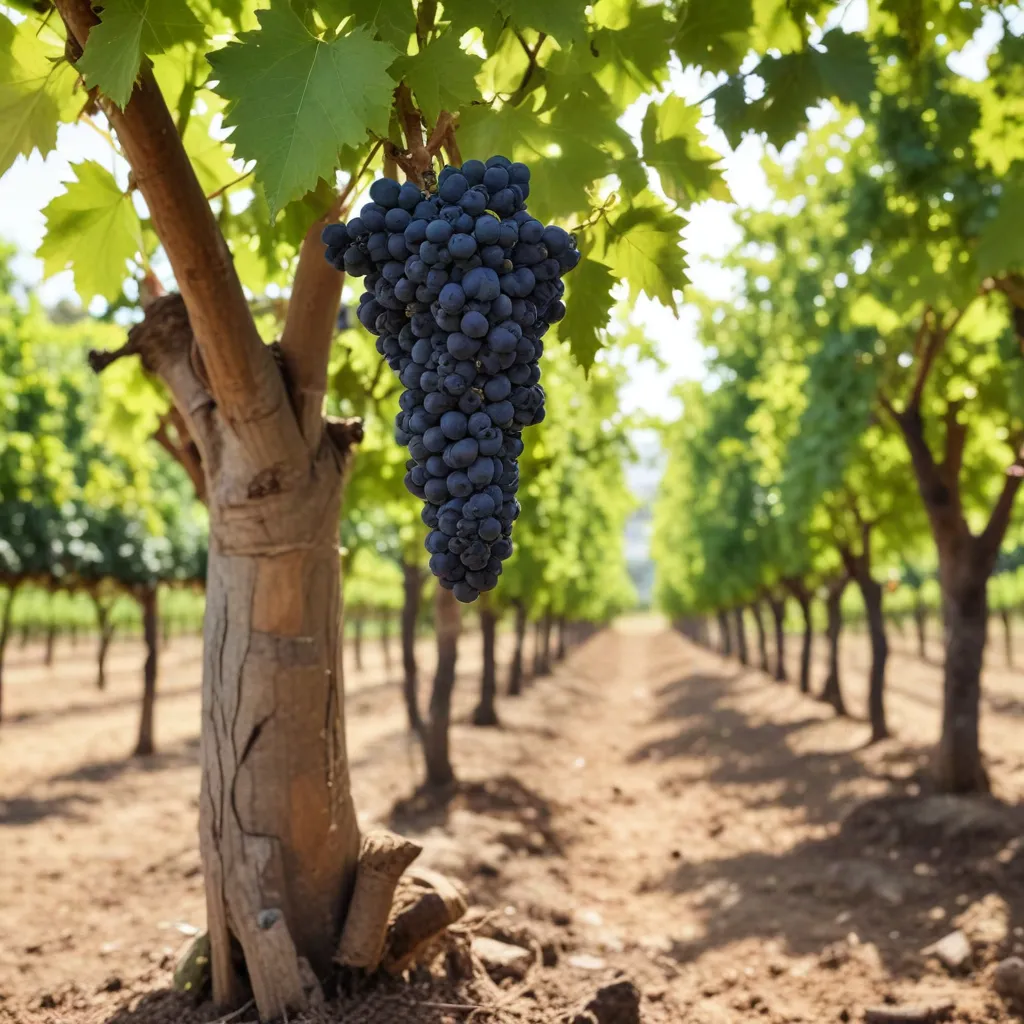
As the wine industry grapples with the challenges posed by climate change and environmental degradation, a growing number of vintners are embracing a holistic approach to viticulture that prioritizes soil health, biodiversity, and ecosystem resilience. This approach, known as regenerative viticulture, offers a promising path forward for the wine industry to reconcile environmental stewardship with economic viability.
Principles of Regenerative Viticulture
At the core of regenerative viticulture is the understanding that the vineyard is a living, interconnected ecosystem. Rather than treating the soil as a mere medium for plant growth, regenerative viticulture recognizes that the soil is a thriving, complex community of microorganisms, fungi, and nutrients that sustain life both above and below ground. By implementing practices that enhance this ecosystem’s function, regenerative vintners can foster healthier, more resilient vineyards.
Key regenerative techniques include cover cropping, minimal tillage, and strategic application of compost. These methods work in harmony to build soil organic matter, improve soil structure, and promote the proliferation of beneficial microbes. The result is a self-sustaining, nutrient-rich environment that can better withstand the impacts of climate change, such as drought and extreme weather events.
Soil Health and Nutrient Management
Regenerative viticulture places a strong emphasis on the importance of soil health. By prioritizing the cultivation of diverse, living soils, regenerative vintners can unlock a wealth of benefits beyond just grape production. Healthy, biologically active soils not only supply essential nutrients to the vines but also enhance the expressed terroir in the final wine.
Moreover, regenerative soil management practices, such as cover cropping and compost application, can significantly increase the soil’s ability to sequester atmospheric carbon. This carbon sequestration plays a crucial role in mitigating the wine industry’s environmental impact and addressing the global climate crisis.
Biodiversity Enhancement Strategies
Regenerative viticulture recognizes that biodiversity is essential for a thriving, resilient ecosystem. By incorporating diverse plantings, providing habitat for beneficial insects and wildlife, and minimizing the use of synthetic inputs, regenerative vintners can foster a rich tapestry of life within their vineyards.
This biodiversity enhancement not only supports ecological balance but also has tangible benefits for grape quality and vine health. The presence of a wide range of organisms, from microbes to predatory insects, can help suppress pests and diseases, reducing the need for harmful pesticides. Additionally, the increased microbial activity in regenerative soils can enhance the vines’ ability to access and utilize essential nutrients.
Water Conservation Techniques
Water scarcity is a growing concern in many wine-producing regions, and regenerative viticulture offers strategies to improve water management and efficiency. Practices such as cover cropping, compost application, and minimizing soil disturbance can enhance the soil’s ability to infiltrate, store, and slowly release water. This, in turn, reduces the need for irrigation and helps the vineyard ecosystem become more resilient to drought conditions.
Energy Efficiency Measures
Regenerative viticulture also encompasses efforts to reduce the energy footprint of winemaking operations. This can involve the installation of renewable energy sources, such as solar panels or wind turbines, to power winery facilities and vineyard equipment. Additionally, adopting efficient technologies for processes like grape pressing, fermentation, and bottling can significantly lower a winery’s energy consumption and carbon emissions.
Waste Reduction and Recycling
Regenerative wineries also prioritize waste reduction and recycling throughout their operations. This can include composting grape pomace, recycling glass and other packaging materials, and minimizing the use of single-use plastics. By embracing a circular economy approach, regenerative vintners can divert waste from landfills and transform byproducts into valuable inputs for their vineyards and winemaking processes.
Organic and Biodynamic Farming
Many regenerative viticulture practices overlap with organic and biodynamic farming methods. Organic certification ensures that grapes are grown without the use of synthetic pesticides, herbicides, or fertilizers, while biodynamic farming integrates the vineyard as a self-sustaining, holistic ecosystem. Wineries that adopt these certifications often see improvements in soil health, biodiversity, and grape quality, all while reducing their environmental impact.
Innovative Winemaking Technologies
Regenerative viticulture also encompasses the adoption of cutting-edge technologies to enhance sustainability and precision in the winemaking process. For example, precision farming tools, such as drones and soil sensors, can provide detailed data on vineyard conditions, enabling more targeted and efficient use of resources like water and inputs. Additionally, advancements in winemaking equipment and packaging, such as lightweight glass bottles and alternative container formats, can significantly reduce the carbon footprint of wine production and distribution.
Community Engagement and Outreach
Regenerative vintners understand that sustainability is not just about farming practices and winemaking techniques – it’s also about fostering strong connections with the local community and sharing knowledge to drive industry-wide change. Many regenerative wineries engage in educational initiatives, host workshops, and collaborate with researchers to promote the benefits of regenerative viticulture. By sharing their successes and challenges, these pioneers inspire other producers to embrace more sustainable practices and help build a resilient, environmentally conscious wine industry.
The journey towards sustainable, regenerative winemaking is an ongoing process, but the rewards are manifold. By prioritizing soil health, biodiversity, and ecosystem resilience, regenerative vintners not only produce exceptional wines but also contribute to the broader effort to address the pressing environmental challenges we face. As consumers increasingly demand eco-conscious products, the adoption of regenerative viticulture practices will be crucial in ensuring the long-term viability and sustainability of the wine industry.
To learn more about the sustainable practices at Wine Garden Inn, visit our website and explore our commitment to regenerative viticulture. Together, we can cultivate a brighter, more resilient future for the wine industry and the planet.
